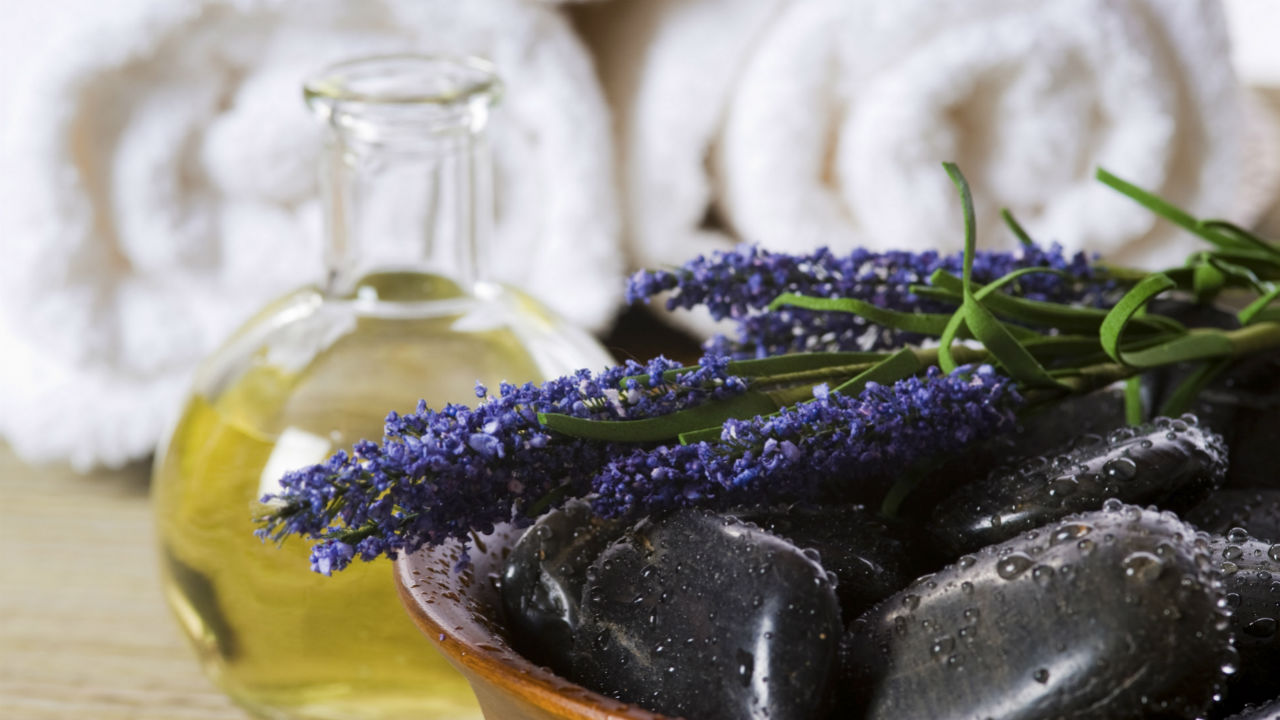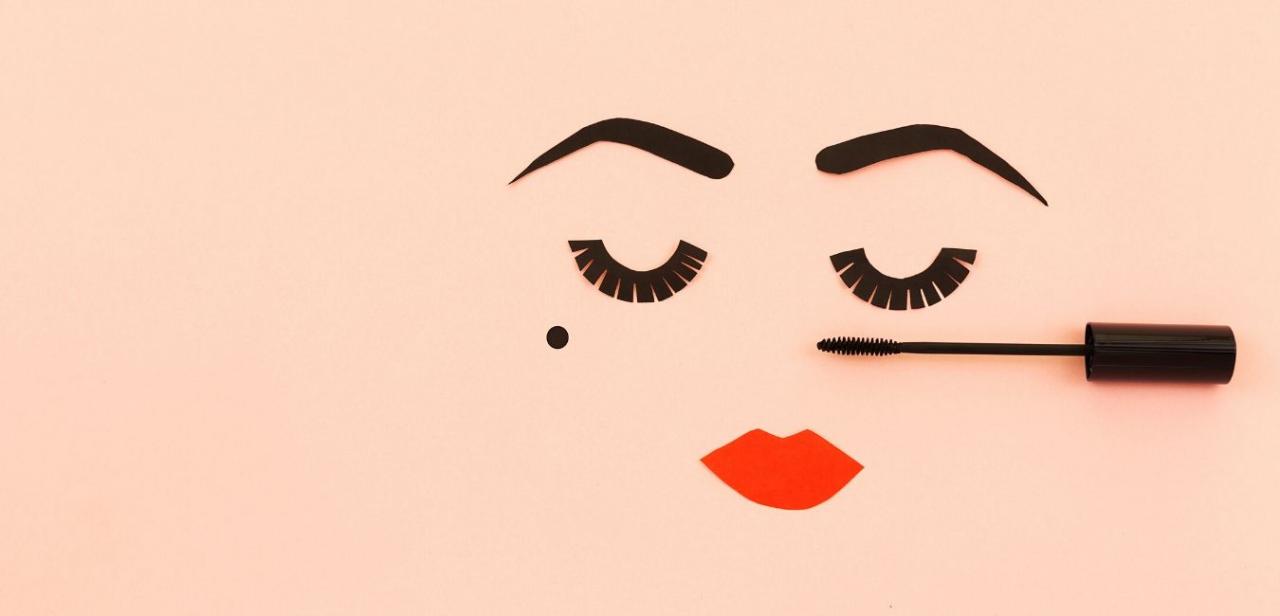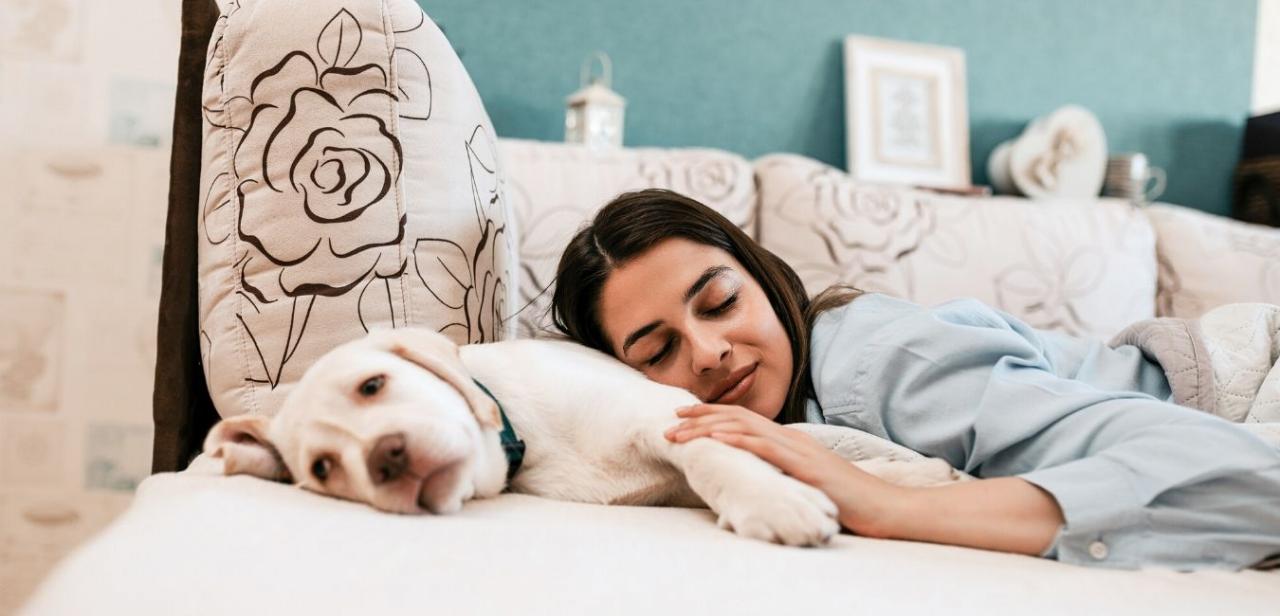
Learning to Relax
Whatever you’re doing right now -- which is probably reading my article -- I want you to stop and relax.
Forget about the children running around behind you, the laundry pile and sink full of dishes that are calling your name, the boss that wants that report on his desk yesterday, and what you might or might not be having for dinner tonight.
If you’re anything like me, you probably just nodded to at least one of these scenarios and rolled your eyes when I said, “Relax.”
Relax.
Take a deep breath.
Heaven knows we all need a little bit of stress relief and the best way to relieve stress that is to learn to relax, and in this world that stops for no one, it’s extremely critical that we learn to relax. Not everybody will relax the same way or use the same relaxation techniques to relieve stress, but we must find what works for us.
Studies have shown that prolonged, unrelieved stress can have very negative effects on our body’s ability to fight off infection and can even increase our risk of heart disease, heart attack and stroke.
Why Relaxation Techniques?
“Relaxation isn’t just about peace of mind or enjoying a hobby. Relaxation is a process that decreases the effects of stress on your mind and body. Relaxation techniques can help you cope with everyday stress and with stress related to various problems, such as cancer and pain.” (MayoClinic)
The best part of relaxation techniques is most of them are completely free and do-it-yourself. Relaxation techniques aim to slow your heart and breathing rate, lower your blood pressure, increase blood flow to major muscles, reduce muscle tension and pain, improve concentration, reduce anger and frustration, and boost confidence when handling problems.
With all those benefits, let’s look at some relaxation techniques that you can try. If one technique or combination of techniques doesn’t seem to work, keep trying different activities and different combinations and schedules until you find what works best to relieve the effects of stress for you. Your life depends on it.
Kinds of Relaxation Techniques
Relaxation techniques can include progressive relaxation, guided imagery, biofeedback, self-hypnosis, deep breathing exercises and other activities. The goal is to slow breathing, lower blood pressure, instigate a feeling of calm and, in some cases, relieve pain. Proper relaxation is all about changing how your body physically responds to stress.
Progressive relaxation includes lying on your back with your eyes closed and progressively tensing and relaxing muscles from your feet upwards.
Toe tensing focuses on just the toes. As you lie on your back, pull all 10 toes back toward your face and count to 10 slowly. Relax and count to 10 slowly. Repeat 10 times.
Deep Breathing can be used in combination with progressive relaxation. Lie on your back and slowly relax your body. Inhale through your nose, filling in the lower part of your chest first, then the middle, then the lungs, slowly over 8 to 10 seconds, and hold for a second or two, then exhale.
Guided Imagery may also be called “find a happy place”. Lie on your back with your eyes closed and imagine yourself in your favorite, peaceful place. Hear the sounds. Smell the smells. Feel the environment around you.
Quiet Ears involves lying on your back with your eyes closed, placing your hands behind your head (make sure they’re relaxed), and placing your thumbs in your ears to close the ear canal. You will hear a high-pitched rushing sound. Listen to this sound for 10 to 15 minutes, then put your arms to your sides, actively relax them and go to sleep.
Some simple lifestyle changes are also effective relaxation techniques.
1) Drink hot tea instead of coffee. Coffee raises levels of the stress hormone, cortisol. Researchers from University College in London, England, have found that people who drank regular black tea showed lower levels of cortisol and reported feeling calmer during stressful situations than those who drank a placebo with the same amount of caffeine.
2) Give/Get a hug. This includes cuddling or playing with a pet or snuggling with your spouse. Studies have shown that physical contact may actually help lower blood pressure and decrease stress hormones.
3) Learn self-massage to alleviate tension in your shoulders, neck, and arms.
4) Learn when you need to take a time-out AND DO IT! Find a quiet place, breathe deeply and concentrate on releasing the tension in your body and calming your heartbeat.
5) Play some music. Some music relaxes. Some soothes. Some invigorates. Some annoys. “Research shows that listening to 30 minutes of classical music may produce calming effects equivalent to taking 10mg of Valium”.
While classical music isn’t for everyone, the therapy music provides is well understood even if it can’t be scientifically measured. Find what music works for you.
6) Keep a positive attitude. If you’re a naturally negative person, this can be really difficult. If you’re a normally positive person and find your circumstances have you thinking negatively “take an attitude break”. Use your time-out to shift from your negative thinking to positive thinking.
Focus on the good things in your life, on the things/people you have to be thankful for. Remember a vacation or experience that was uplifting and relaxing. Something that will put a smile on your face.
“[C]reating a positive emotional attitude can also calm and steady your heart rhythm, contributing to feelings of relaxation and peace” (WebMD).
Sources:
Relaxation techniques: Try these steps to reduce stress. Mayo Clinic. Web. Dec 28, 2011.
http://www.mayoclinic.com/health/relaxation-technique/SR00007
“Blissing Out: 10 Relaxation Techniques to Reduce Stress On-the-Spot” by Jenny Stamos Kovacs. WebMD. Web. Dec 28, 2011. http://www.webmd.com/balance/stress-management/features/blissing-out-10-relaxation-techniques-reduce-stress-spot
“Sleep Disorders Center Relaxation Techniques”. University of Maryland Medical Center. Web. Dec 28, 2011.
http://www.umm.edu/sleep/relax_tech.htm
Relaxation Techniques for Health: An Introduction. National Institutes of Health National Center for Complementary and Alternative Medicine. Web. Dec 28, 2011.
http://nccam.nih.gov/health/stress/relaxation.htm
Reviewed December 28, 2011
by Michele Blacksberg RN
Edited by Jody Smith






Add a CommentComments
There are no comments yet. Be the first one and get the conversation started!